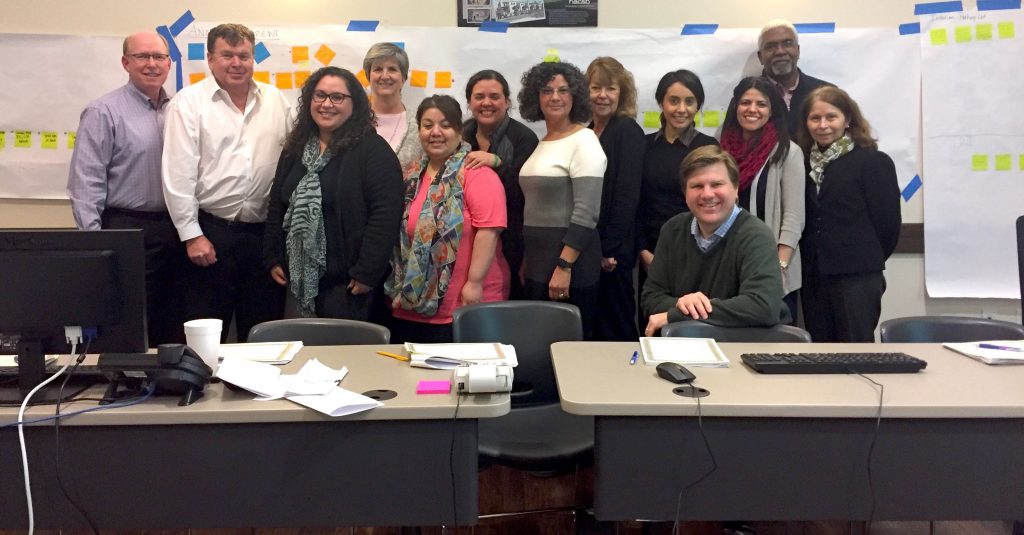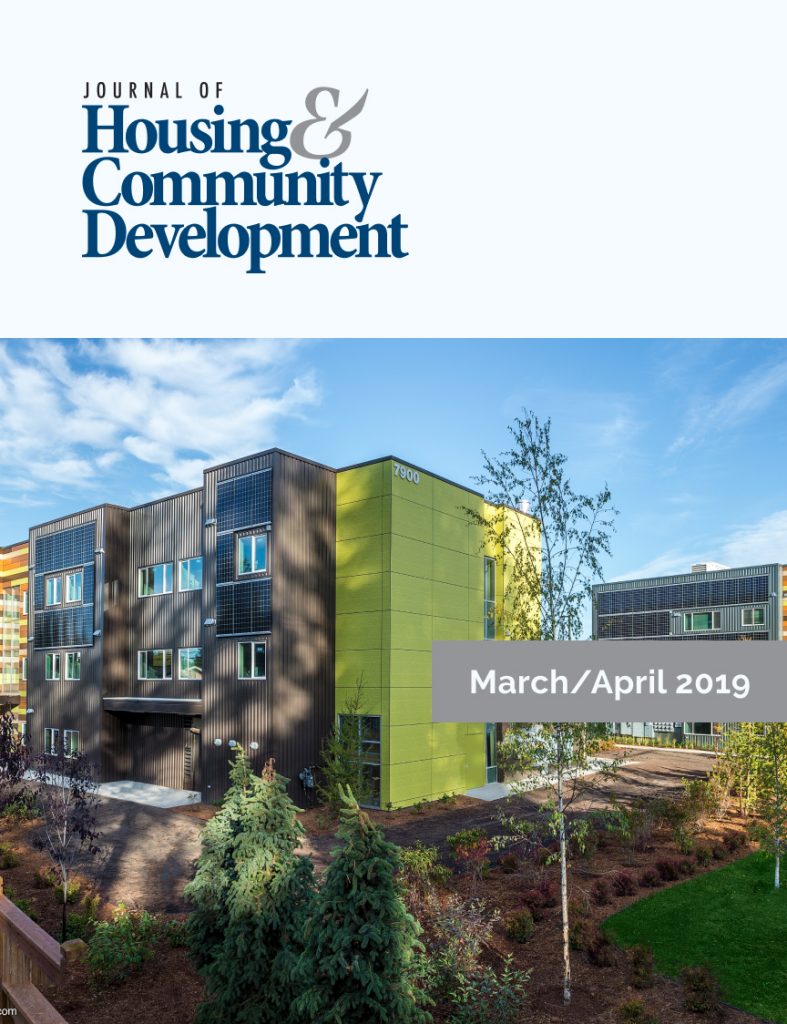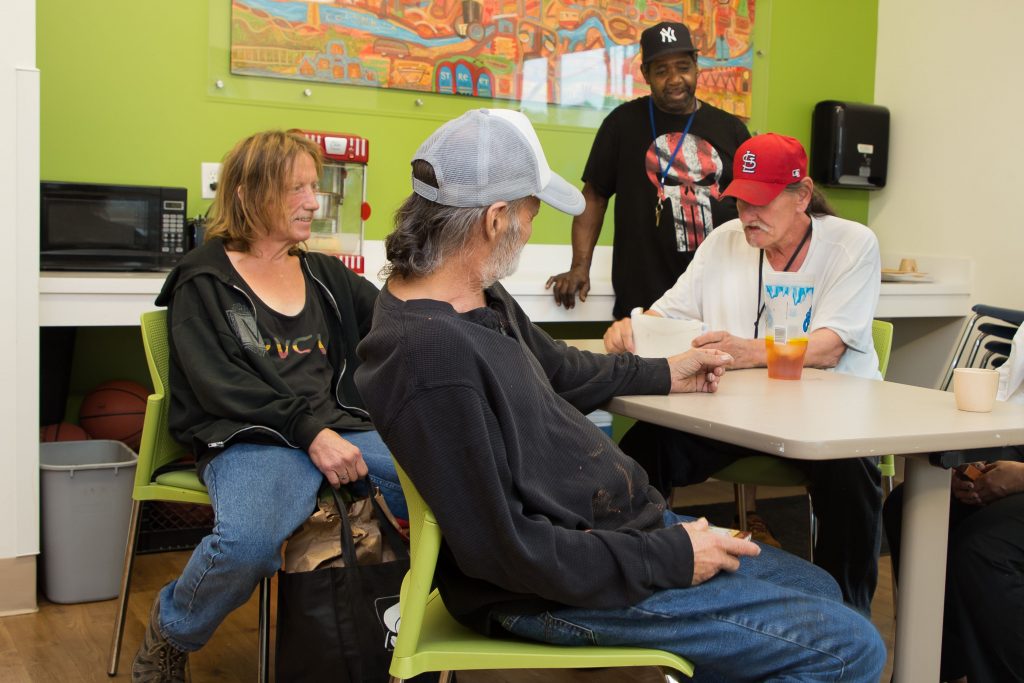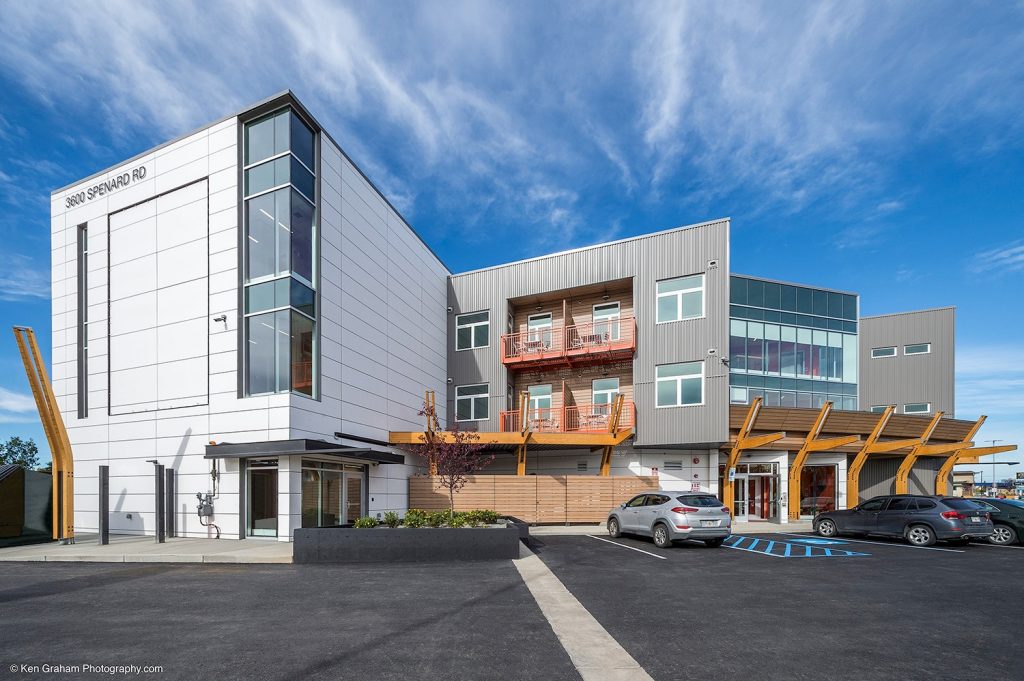Lean-ing Into Good Change: An HCV Success Story

The Housing Authority of the County of Santa Barbara (HASBARCO) wanted to improve their Housing Choice Voucher (HCV) program and to create a program that improved customer service, saved money,and made its operation radically more efficient. With the help of consultants, the agency engaged employees in a process of Kaizen (“good change”) to examine and improve every internal process. The end result was a streamlined, more efficient HCV program that saved money and improved both customer service and employee morale.
Defining Terms: Lean and Kaizen
Lean is a business philosophy that begins by systematically identifying every step in a process as either value added (VA) or non-value added (NVA) activities. NVAs are defined as any activity that adds cost without adding value to core services – they can take up as much as 90 percent of a process. A lean organization eliminates the NVAs from their processes, and operates with a minimum of labor, materials, money and space to get the job done on time.
Kaizen is a Japanese word that translates to “good change,” and was the primary vehicle used to deploy lean at HASBARCO and to train employees.
Optimizing the Program
At the project’s beginning, the management team set the vision for improving program operational efficiency by facilitating meetings with front-line staff and communicating the business case for eliminating waste and bureaucracy in the HCV program. To implement the change, management asked staff to help develop the tactical operational ideas for process improvement and reassured them improvements would not lead to layoffs.
HASBARCO’s HCV program was already high-performing, but the housing authority could identify room for improvement. As Director of Operations Sanford Riggs noted, “HCV staff were inundated with phone calls and voicemails from landlords and participants. Customer service complaints were on the rise and many participants and landlords had questions about the program. Caseload assignments were uneven.” Since the program is the agency’s largest and serves about 3,500 clients, process improvements would have a direct and immediate impact on both residents and staff.
The consultants helped HASBARCO facilitate Kaizen events and led the project that turned recommendations into results. During the Kaizen workshops, cross-functional teams of front-line employees participated in a series of meetings to:
- Map the current HCV processes;
- Identify each step as being either value-added, or non-value-added;
- Brainstorm solutions to eliminate the non-value-added steps in the process;
- Map the proposed, streamlined process; then
- Present the proposed changes to management and forecast the likely outcomes.
After the presentation, management signed off on the recommendations, which included:
- Leveling workflow to the rhythm of demand;
- Instituting quality checks to ensure that non-value-added steps did not contaminate the system;
- Simplifying paperwork; and
- Developing a performance dashboard to measure success.
The teams then tested the solutions and began implementation immediately after. This speedy turnaround sent a message to staff that HASBARCO was serious about making changes and kept staff momentum moving in a positive direction. The Kaizen process resulted not only in immediate improvement, but also in some less measurable positives. Staff had been given not only a voice in how their job was done, but a chance to both document and improve the entire workflow. Understanding the entire process enables them to visualize the whole stream of operations, and to predict when and where things will run smoothly.
Measuring Success
In 2019, HASBARCO is on track to reduce costs by approximately $500,000 on Lean initiatives for HCV, maintenance, property management, supply chain and finance. The project has also resulted in a 25 percent increase in the capacity of full-time employees, and more than 50 percent quality improvement in annual and interim examinations, new admission completion, and processing time. “It was taking us an average of 60 days to turn around annual recertifications,” admits Executive Director Bob Havlicek, “and when that dropped to an average of 10 days, I was very impressed. It blew me away, actually.”
An important part of continuous improvement is making it into a habit. HASBARCO has made “lean thinking” a part of their organizational culture — it helps shape and prioritizes how they approach work on a daily basis.
Author Biography
Mark Frater is President of LeanFirm, a specialized consulting firm helping organizations significantly improve productivity, quality and morale. LeanFirm is the consultant collaborating with the Housing Authority of the County of Santa Barbara on lean initiatives described in this article.
Frater has worked extensively with public housing authorities throughout the United States, and has managed process improvement project initiatives on: HCV, Housing Placement, Recertifications, Property Management, Security, Fleet, Management, Inventory Control, Resident Services, Purchasing, Accounts Payable, and Maintenance. His efforts to eliminate non-value added activities has resulted in millions of dollars in cost-reductions, dramatically improved customer services, and improved employee communications and job satisfaction.
More Articles in this Issue
- SPONSORED CONTENT BY: KEYBANC
Public Housing Authority Update
KeyBanc Capital Markets is a trade name under which corporate and investment banking products and services… Award of Excellence: Lincoln Place
The Vancouver Housing Authority (VHA) wins a 2018 Award of Excellence in Affordable Housing for creating Lincoln…Using Public-Private Partnerships to Fund Affordable Housing
The Housing Opportunities Commission of Montgomery County (HOC) wins a 2019 Award of Excellence in…Award of Excellence: Cosecha Court
The Yakima Housing Authority (YHA) wins a 2018 Award of Excellence in Affordable Housing for using seasonal…Award of Excellence: 3600 Spenard
The Cook Inlet Housing Authority (CIHA) wins a 2018 Award of Excellence in Affordable Housing for the…Housing as a Platform for Serving Residents
Federal safety net programs are intended to protect the most vulnerable Americans—such as the elderly,…






